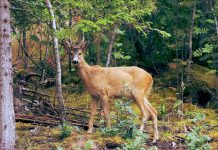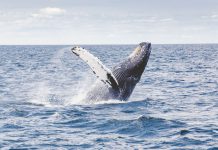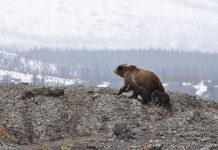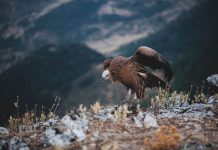Wildlife is an invaluable treasure but it is being exploited due to illegal trade of many of its species. Overkill happens whenever hunting occurs at rates greater than the reproductive capacity of the population is being exploited.
The effects of this are often noticed much more dramatically in slow growing populations such as many larger species of fish. Initially when a portion of a wild population is hunted, an increased availability of resources (food, etc.) is experienced increasing growth and reproduction as density dependent inhibition is lowered. Hunting, fishing and so on, has lowered the competition between members of a population. However, if this hunting continues at rate greater than the rate at which new members of the population can reach breeding age and produce more young, the population will begin to decrease in numbers.
The habitat of any given species is considered its preferred area or territory
Many processes associated with human habitation of an area cause loss of this area and decrease the carrying capacity of the land for that species. In many cases these changes in land use cause a patchy break-up of the wild landscape. Agricultural land frequently displays this type of extremely fragmented habitat. Farms sprawl across the landscape with patches of uncleared woodland or forest dotted in-between occasional paddocks.
Examples of habitat destruction include grazing of bush land by farmed animals, changes to natural fire regimes, forest clearing for timber production and wetland draining for city expansion.





